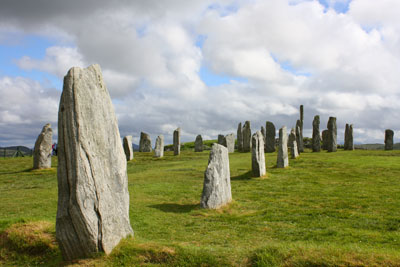Historic sites in Scotland
This item appears on page 14 of the October 2014 issue.
Almost all of the historic sites in Scotland are owned by two organizations: Historic Scotland (Longmore House, Salisbury Place, Edinburgh, EH9 1SH, Scotland; phone + 44 [0] 131 668 8600, www.historic-scotland.gov.uk)… and The National Trust for Scotland (Hermiston Quay, 5 Cultins Rd., Edinburgh, EH11 4DF, Scotland; phone, from US & Canada, 866/211-7573, www.nts.org.uk).
Historic Scotland operates and maintains historic monuments such as castles, abbeys and ruins. National Trust has responsibility for places of historic interest and areas of natural beauty, such as stately homes and gardens.
At Jedburgh Abbey, the first site we stopped at during our June 2014 visit, we joined Historic Scotland for a year. We paid the concession rate (senior-citizen rate) of £67 (about $113) for both of us.
We visited 27 of the 310 Historic Scotland monuments. Not every place had an admission charge, but the total we would have had to pay came to $300, so, minus the $113 we spent on the annual membership, we saved $187. Just a bit of Scottish frugality!
Perhaps best of all were the special “Members Only” ticket windows (speedier entry) at popular monuments like Edinburgh Castle and Stirling Castle. There were also discounts on food at Historic Scotland cafés and on most items at Historic Scotland gift shops, with audio guides either free or at a discount.
Since we were driving on our own (in a rented motorhome), we had the freedom to go wherever our fancy took us. The allure of free admission to Historic Scotland’s monuments took us to a number of places not on our original plan.
In a year celebrating the 700th anniversary of the Battle of Bannockburn and a historic vote for Scottish independence from England, Arbroath Abbey was one of the most interesting places we visited. It was there in 1320 that the Declaration of Arbroath was signed.
This excerpt from the declaration may have inspired Thomas Jefferson in 1776 and still has the power to stir our souls!
“… for, as long as but a hundred of us remain alive, never will we on any conditions be brought under English rule. It is in truth not for glory, nor riches, nor honours that we are fighting, but for freedom — for that alone, which no honest man gives up but with life itself.”
JOHN GRAHAM
Granite Bay, CA

